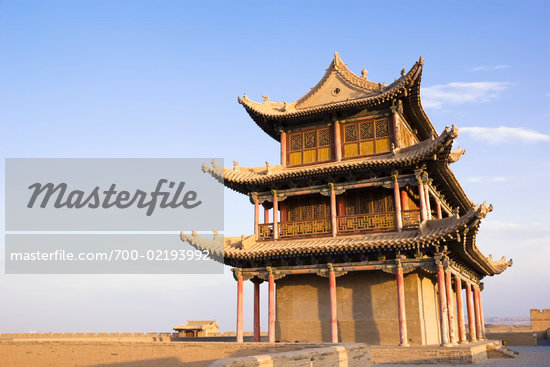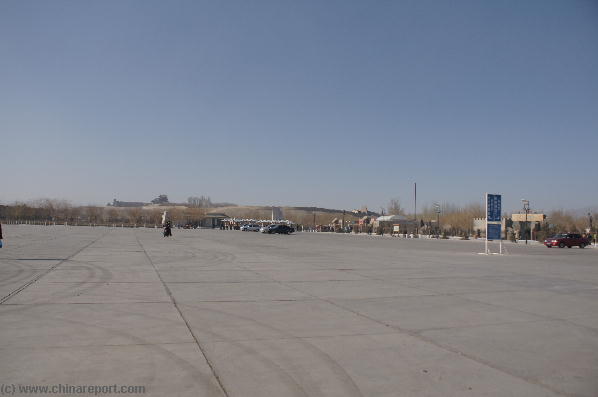
People have built fortresses for thousands of years for many reasons. Originally, the word was “fortis” which is Latin for “strong”, and facere which is Latin for “to make”. The Great Wall in China has hundreds of fortresses built along the wall. The fortresses were used for protection or defense against attack.
Army installations are called a “fort.” They are usually a city within a city and are not as strong or fortified as the forts along the wall and on the battle field. Many forts, or walls, were used as a symbolic function showing the independence of the city it surrounded.
Fortresses are located all along the Great Wall. Some are just 50 meters apart. They were built for protection, as lookouts, and as a place for solders to fight against the enemy. The towers were also used as places to watch over the entire area and send signals. The fortresses provide places for solders to retreat to for safety. Stairways were built so to confuse someone climbing them. The stairs cannot be seen from outside the tower.
The east end of the Great Wall is a preserved portion of the wall that tourists still enjoy. This fortress is known as the First Pass Under Heaven. It is where the wall meets the Pacific Ocean at the Bohai Sea. Its nickname is Old Dragon’s Head. It is located 300 km east of Beijing and linked via the Jingshen Expressway.
This fortress was a defense against tribes from Nanchuria. This pass is the narrow passage between the Northeast and Central east region of China. Both Northern Qi Dynasty and Tang Dynasty built passes. In 1381, a general by the name of Xu Da built Shanhaiguan pass under the Ming Dynasty. The Shanhaiguan pass is so named because of its position between the mountain and the sea.
General Qi Jiguang built a fortress under the Ming Dynasty for the military city around Shanhaiguan east, south, and north of the pass. It was one of the strongest forts in China and is a pass in the Great Wall today.
The pass of Shanhaiguan fortress is built in a square. The walls are 14 meters high and 7 meters thick. A wide moat surrounds the east, south, and north sides with drawbridges. In the middle stands a tall bell tower. It is a beautiful tower that still stands today.
The towers and fortresses were used by troops to send smoke signals by day and men carried torches along the wall by night. Wood and straw mixed with wolf dung, produced a thick black smoke for sending signals from one tower to another. One column of smoke meant an attack by less than 500 was imminent. Two columns of smoke was the signal that an attack of less than 3,000 was imminent. Four columns meant an attack of 10,000.
The main three fortresses build along the Great Wall are the Chia-yu-kuan in the west, the Chu-yung-kuan near Peking, and Shan-hai-kuan at the east end of the wall. The Ming dynasty built the Chia-yu-kuan to mark the end of the Kansu corridor between mountains to the south and the northern deserts.
The Chia-yu-kuan fort was built in 1372 by troops under General Feng Sheng and is just 40 miles north of Peking. It is an important fortress because of its location through the mountains between the capital, the river valleys and land beyond.
The last fort build along the Great Wall is the Shan-Hai-kuan which guards the costal strip from Manchuria to Korea. The word “Shan-Hai-kuan” means Mountain-Sear Barrier where the road narrows. This fort is 260 miles east of Peking and is well known by its large arched gate. The inscription on the gate is “First Pass Under Heaven”.
After the fifteenth century, the forts were no longer used for attack or defense but as signal towers.

Great Wall of China Fortresses Info

No comments:
Post a Comment
Feel free to place you thoughts here